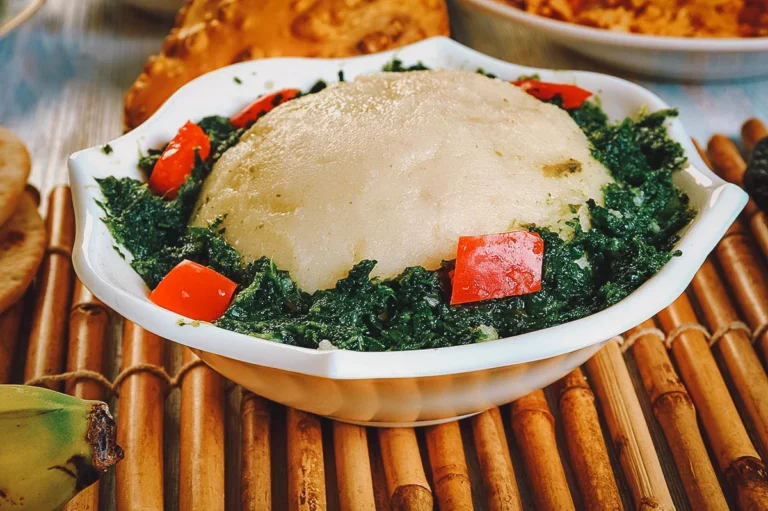Introduction: Kenyan Farming and Cuisine
Kenya is a country known for its vast agricultural lands and a diverse cuisine that has been influenced by the various ethnic groups that reside in the country. Agriculture is a significant part of Kenyan culture, and it plays a crucial role in the economy and the daily lives of many Kenyans. With over 80% of the population depending on agriculture for their livelihoods, it is no surprise that it has also influenced the country’s cuisine.
The Role of Agriculture in Kenyan Culture
Agriculture in Kenya is an essential part of the culture, and many traditional practices have been passed down from generation to generation. These practices include crop rotation, animal husbandry, terracing, and irrigation techniques. These practices have helped farmers to adapt to the country’s diverse climatic conditions, which range from arid and semi-arid to humid and rainy. Agriculture has also played a significant role in shaping the country’s social and economic fabric, with many Kenyan communities centered around farming.
Traditional Kenyan Dishes and Ingredients
Kenyan cuisine is a reflection of the country’s diverse cultural heritage, and it is characterized by a range of spices, flavors, and ingredients. Some of the traditional dishes include Ugali, a maize meal that is the staple food in most parts of the country. Other popular dishes include Nyama Choma, which is roasted meat, and Chapati, a type of flatbread. Many of the ingredients used in Kenyan cuisine are sourced from the farms, including vegetables, fruits, and grains like maize, millet, and sorghum.
How Kenyan Farming Practices Shape the Cuisine
The farming practices in Kenya have influenced the country’s cuisine in several ways. The use of traditional planting and harvesting methods has ensured the availability of fresh produce, which is a critical component of Kenyan cuisine. Additionally, the use of indigenous crops and animal breeds has contributed to a unique culinary experience that cannot be found anywhere else. Kenyan farming practices have also influenced the way dishes are prepared, with many dishes cooked over an open fire or in a traditional clay oven.
Modern Innovations in Kenyan Agriculture and Cuisine
As technology and innovation continue to transform the agricultural sector in Kenya, they have also had an impact on the country’s cuisine. Modern farming techniques, such as the use of greenhouses and drip irrigation, have helped to increase the yield of crops and produce, resulting in a more diverse range of ingredients available for use in the cuisine. Additionally, food processing and preservation techniques have allowed for the creation of new products, such as dried fruits and vegetables, that can be used in various dishes.
Future Possibilities for Fusion and Collaboration
As Kenyan cuisine gains popularity around the world, there is a possibility for fusion and collaboration with other culinary traditions. The use of spices and flavors borrowed from other cultures could lead to the development of exciting new dishes that incorporate Kenyan ingredients. There is also a possibility for collaborations between chefs and farmers to create new products and increase the availability of Kenyan cuisine. As Kenyan agriculture and cuisine continue to evolve, the possibilities for growth and innovation are endless.

